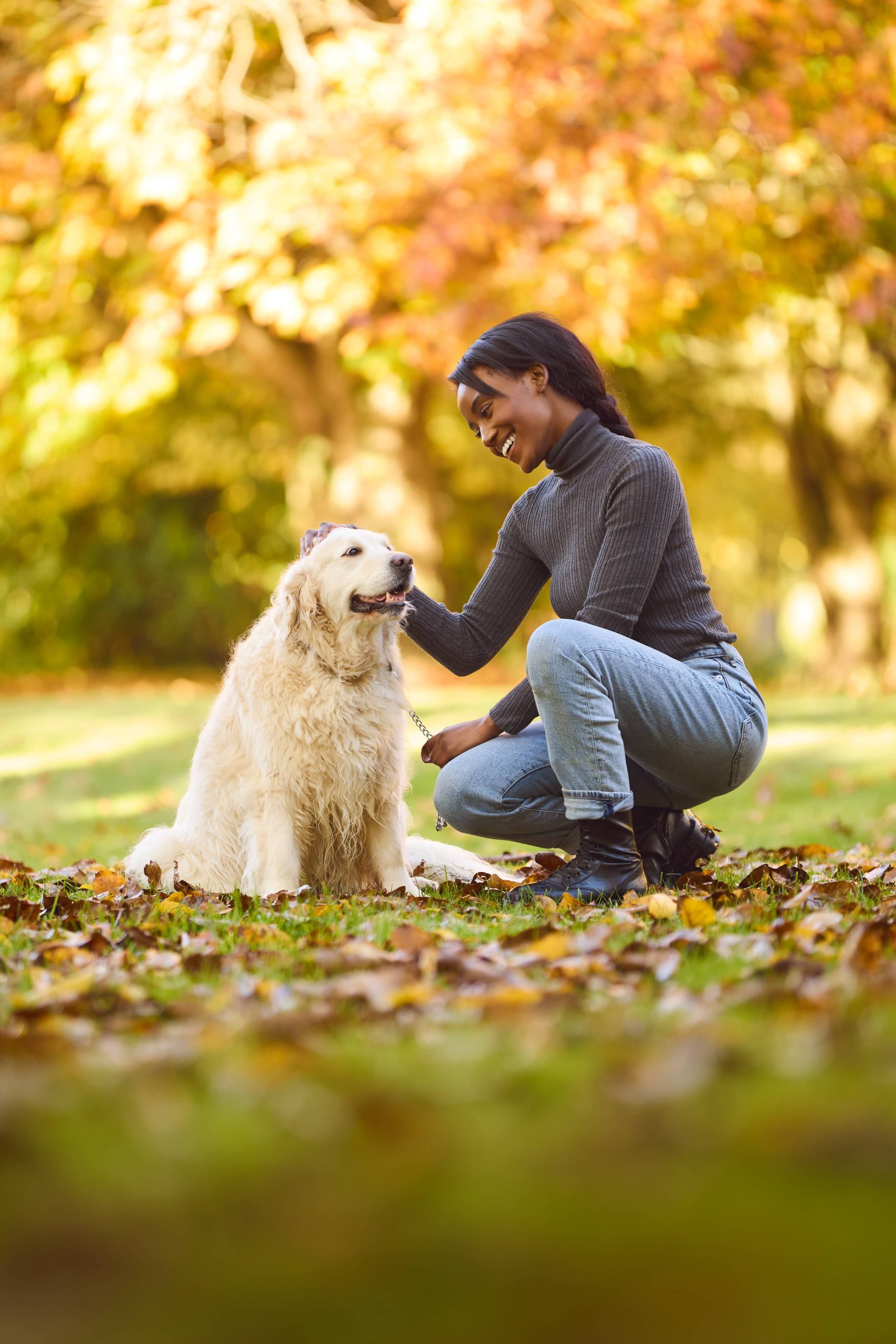
If you think houseplants and pets can’t coexist, think again. We all love the vibrant energy that houseplants bring into our homes. They not only purify the air but also add a touch of nature to our living spaces. However, as pet owners, we have to be extra careful about which plants we bring into our homes. Some plants can be harmful or even fatal to our furry friends. In this ultimate guide to pet-safe houseplants, we’ll explore various options that are not only beautiful but also safe for your pets.
Why Choose Pet-Safe Houseplants?
Pets are naturally curious and often nibble on things they shouldn’t. Unfortunately, many common houseplants can be toxic to animals, and ingestion can lead to symptoms ranging from mild gastrointestinal discomfort to severe poisoning or even death. By selecting pet-safe houseplants, you can enjoy the aesthetic and health benefits of greenery without worrying about your pets’ safety.
Top Pet-Safe Houseplants
Here are some tried and tested pet-safe houseplants that can brighten up your home while keeping your pets safe.
1. Spider Plant (Chlorophytum comosum)
Spider plants are not only non-toxic but also fantastic air purifiers. They thrive in indirect sunlight, making them an excellent choice for homes with limited natural light. Their arching green and white striped leaves add a touch of elegance to any room.
Care Tips:
– Light: Indirect sunlight
– Water: Once a week, allowing the soil to dry out between waterings
– Temperature: Prefers a range of 60-75°F (15-24°C)
2. Boston Fern (Nephrolepis exaltata)
Boston ferns are lush, feathery, and enable you to create a mini indoor jungle without the risk of pet poisoning. They prefer humid environments, making them an excellent choice for bathrooms.
Care Tips:
– Light: Indirect sunlight
– Water: Keep the soil moist but avoid waterlogging
– Humidity: High (Use a humidifier or place the pot on a tray of wet pebbles)
3. Areca Palm (Dypsis lutescens)
Also known as the butterfly palm, the areca palm adds a tropical flair to your home. Its feathery, arching fronds are safe for both dogs and cats. Areca palms are not only beautiful but also effective in removing toxins like formaldehyde from the air.
Care Tips:
– Light: Bright, indirect sunlight
– Water: Keep the soil moist, but allow the top inch to dry out before watering again
– Temperature: Prefers 65-75°F (18-24°C)
4. Parlor Palm (Chamaedorea elegans)
A smaller relative of the areca palm, parlor palms are extremely pet-friendly and perfect for apartments. They’re slow-growing and can thrive in low light conditions.
Care Tips:
– Light: Low to moderate indirect sunlight
– Water: Water when the top inch of soil is dry
– Humidity: Average home humidity levels are fine
5. Peperomia (Peperomia spp.)
Peperomias are a diverse group of plants with over 1,000 species, and fortunately, they’re all safe for pets. They come in a variety of shapes, sizes, and leaf colors, making them a versatile choice for any home decor.
Care Tips:
– Light: Bright, indirect sunlight
– Water: Allow the soil to dry out between waterings
– Temperature: Prefers 60-75°F (15-24°C)
6. Calathea (Calathea spp.)
Calatheas are famous for their stunning, intricately patterned leaves. These beauties are non-toxic to pets and can add a pop of color and texture to your indoor garden.
Care Tips:
– Light: Low to bright indirect sunlight
– Water: Keep the soil evenly moist, but not soggy
– Humidity: High (Use a humidifier or mist the leaves regularly)
7. Baby Rubber Plant (Peperomia obtusifolia)
The baby rubber plant is compact and easy to care for. With its glossy, thick leaves, it can add a fresh, modern vibe to your home. It’s also completely safe for your pets.
Care Tips:
– Light: Moderate to bright indirect sunlight
– Water: Allow the soil to dry out between waterings
– Temperature: Prefers 65-75°F (18-24°C)
8. African Violet (Saintpaulia)
For pet owners who love flowering plants, African violets offer a splash of color that’s safe for pets. These charming plants can bloom year-round under the right conditions.
Care Tips:
– Light: Bright, indirect sunlight
– Water: Water from the bottom to avoid wetting the leaves
– Humidity: Moderate to high
9. Bamboo Palm (Chamaedorea seifrizii)
Similar to the parlor palm, bamboo palms are non-toxic and can grow quite tall, making them perfect for filling empty corners. They are excellent at filtering indoor air pollutants.
Care Tips:
– Light: Bright, indirect sunlight
– Water: Keep the soil evenly moist
– Humidity: Prefers moderate to high humidity
Tips for Keeping Pets Away from Plants
Even with pet-safe plants, it’s a good idea to discourage your pets from chewing on them. Here are some tips:
1. Create Barriers: Use decorative fencing or place plants on tall shelves out of reach.
2. Use Deterrent Sprays: Pet-safe deterrent sprays available at pet stores can discourage chewing.
3. Provide Alternatives: Give your pets something else to nibble on like cat grass or pet-safe chew toys.
4. Training: Train your pets to understand that plants are off-limits.
Conclusion
Integrating plants into your home can be a rewarding experience, especially when you choose pet-safe varieties. By selecting suitable plants from our comprehensive guide, you can create a green oasis that is both beautiful and safe for your furry companions. Enjoy the benefits of greener living, improved air quality, and a happier, healthier environment for both you and your beloved pets.






